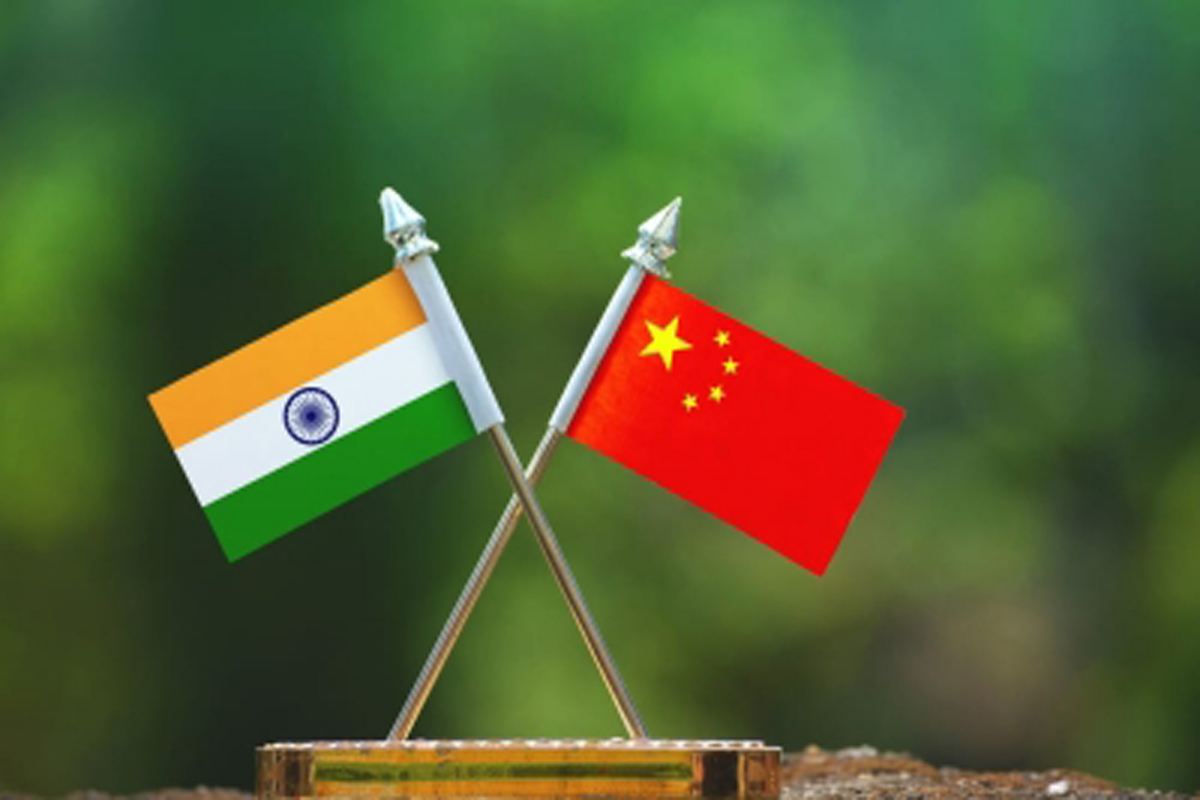India-Japan joint military exercise ‘Dharma Guardian’ kicks off in Japan
The 6th edition of the India-Japan joint military exercise, Dharma Guardian, commenced at the East Fuji Training Area in Japan.
Sino-Indian border talks, meanwhile, are going nowhere with Beijing having refused to exchange maps from 2002.

Photo: IANS
The tensions between India and China over the border issue and, increasingly, a deep strategic dissonance, show no signs of abating.
In the space of a single day this week, on Wednesday, New Delhi issued a strongly worded statement asking Beijing to refrain from using “the pretext” of its new boundary law to effect unilateral changes in the disputed Indo-Chinese border areas; India successfully test-fired its 5,000-km range Agni-V missile which brings even the northernmost parts of China within its strike range, and Prime Minister Narendra Modi made yet another strong pitch for an open and free Indo-Pacific addressing the 16th East Asia Summit.
Advertisement
In terms of diplomacy this is as hectic or ‘hot’ as it gets. The stand-off between India and China in eastern Ladakh, Arunachal Pradesh, and even some temporary intrusions in the border areas of Uttarakhand is evidence, if any were needed, that Beijing is unrelenting in its push south. Equally, India is showing some spine despite the costs which will inevitably be inflicted upon it for attempting to do what no other regional rival to China is in a position to: Stand up to Beijing.
Advertisement
The immediate spark for the current diplomatic escalation is thought to have emanated from a piece of Chinese domestic legislation called the Land Boundary Law which came into effect on 23 October. The law states that China abides by treaties with or jointly acceded to by foreign countries on its land boundaries and provides for a reorganisation of districts in the border areas.
India’s consistent position has been that a part of the Union Territory of Jammu and Kashmir has been unlawfully occupied by Pakistan and illegally ceded by that country to China as part of a bilateral border agreement between the two nations in the 1960s. China, as is well known, has also been upgrading its infrastructure in border areas neighbouring not just India and Bhutan but also Afghanistan as it fears an influx of Islamic radicals into the Xinjiang province where it has been dealing with a sporadic Uighur uprising.
Sino-Indian border talks, meanwhile, are going nowhere with Beijing having refused to exchange maps from 2002. The wording of the Land Boundary Law, which urges the Chinese state to safeguard the country’s “sacred and inviolable territorial integrity… and combat any act that undermines it” is, while par for the course for any nation-state, of concern to New Delhi given the context of deteriorating Sino-Indian ties.
While it is true that the Chinese are only legitimising their moves on the ground in their national legislature by giving them post-facto sanctity, that does not help India. The launch of Agni-V and the iteration of India’s desire not to concede maritime power to China in the Indo-Pacific are signals that New Delhi’s resolve not to back-off remains unshaken.
But a healthy, functional relationship between the two Asian giants, wherein they can be competitors and not adversaries, remains a far cry.
Advertisement